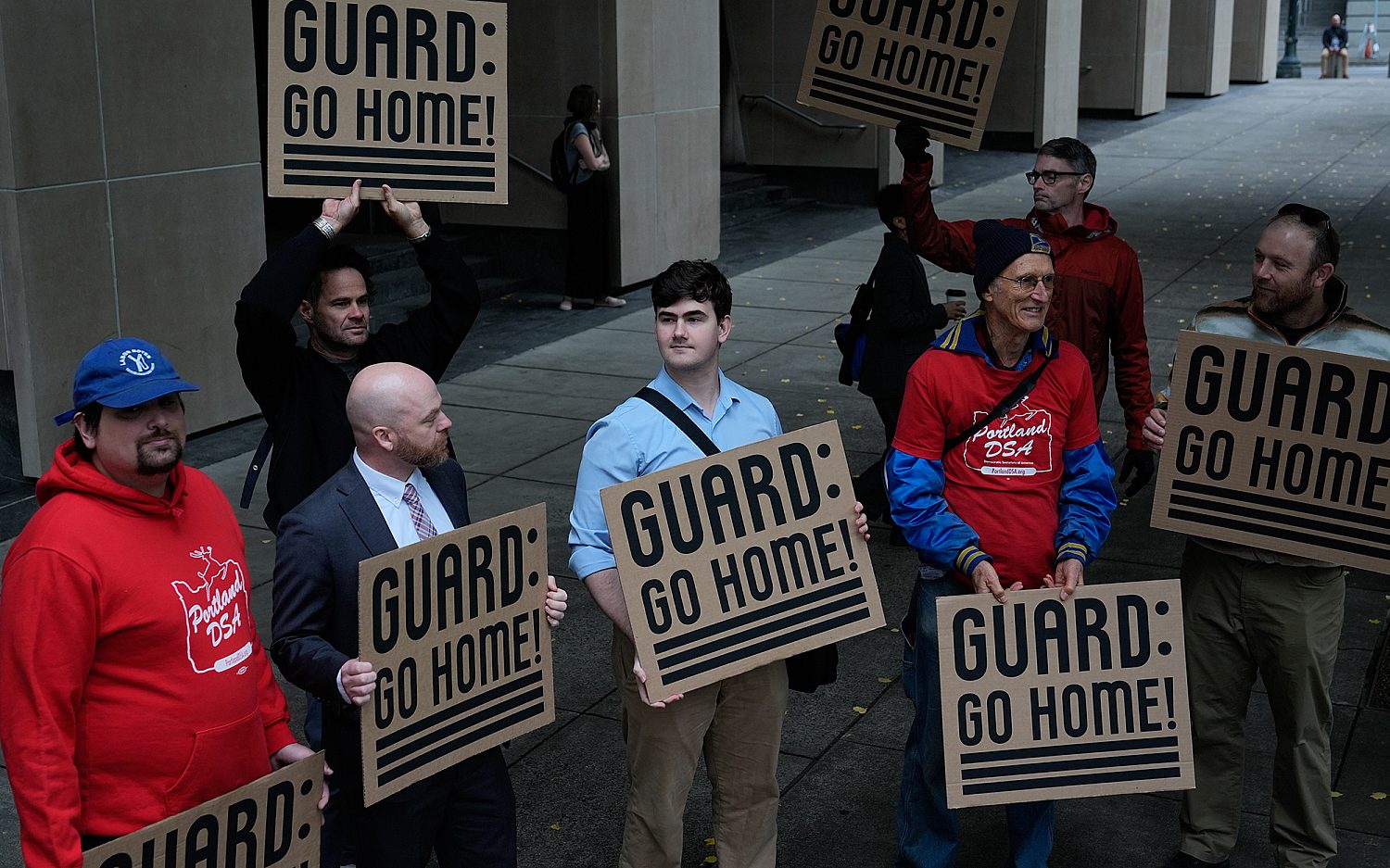The female holocaust
Indian parents killed an estimated 6 million girls in the last decade, but U.S. lawmakers can’t agree on what to do about it
Preema, a young woman from a rural village in southern India, is the 12th daughter born to her parents. Yet, she has no older sisters. Each time Preema’s mother became pregnant and gave birth to a girl, she and her husband killed the newborn—disappointed it hadn’t been a boy.
After 12 births, Preema (not her real name), was the only girl they allowed to live.
The young woman’s story was part of testimony offered Tuesday afternoon by Jill McElya, co-founder of the Invisible Girl Project, to a U.S. House subcommittee hearing on “India’s Missing Girls.” The gruesome practice of sex selection by abortion and infanticide is rampant in India, driven by a strong cultural preference for boys. The problem has only gotten worse in recent years.
Rep. Chris Smith, R-N.J., an architect of U.S. anti-trafficking law and the chairman of the Subcommittee on Africa, Global Health, Global Human Rights, and International Organizations, presided over Tuesday’s hearing.
“By shining a light on what is happening in India with its missing girls, we hope to move forward toward a world where every woman is valued and deeply respected because of her intrinsic dignity, and where every child is welcome regardless of his or her sex,” he said in an opening statement. By the time the hearing concluded, it was clear that although the participants agreed “gendercide” in Asia is a major human rights problem, they couldn’t agree on how the United States should address it.
India’s 2011 census indicated the scope of the problem: The country has about 37 million more men than women, the result of millions of baby girls being drowned, strangled, or aborted. “We are dealing with a sex selection that has become a genocide,” said Sabu George, a member of India’s Campaign Against Sex Selection, who testified at the hearing. George has fought sex selection and infanticide in India since the 1980s, and said in the past decade alone, Indian parents eliminated 6 million girls before birth: “This is much larger than the number of Jews killed in the Holocaust.”
In India, a girl’s parents are expected to provide a generous dowry to her future husband. Since many families are poor, they view boys as assets, girls as liabilities: Although a son will grow up to care for his parents when they become old, a girl will leave home, often in her teens, to join her husband and in-laws.
If the husband and his family are unhappy with the bride and her dowry, they might mistreat the girl or even murder her. (This month, statistics from India’s National Crime Records Bureau revealed one woman is murdered every hour in India over dowry disputes.) Wives who are unable to bear boys face further abuse, underscoring a cycle of violence against women in the country.
“I sit before you today eight-and-a-half months pregnant with my second daughter,” McElya said. “As a pregnant woman, if I were in India, my in-laws would be pressuring me to have a [sex determination test].” Then she’d be “strong-armed” into aborting the baby if it turned out to be a girl. In one case, highlighted in the documentary It’s a Girl, the husband and in-laws of a woman pregnant with twin girls threw her down a flight of stairs after she refused to have an abortion.
In rural areas, many poor families who can’t afford a gender test resort to infanticide. In Preema’s village, boys outnumbered girls 8-to-1, according to McElya.
The gender imbalance has opened the door to a host of additional cultural evils, including human trafficking. Men who are unable to find wives often resort to buying brides from outside the country, or paying for sex at brothels. In some cases, they have taken up polyandry—sharing one “wife” between several men.
Although both dowries and sex selection are formally illegal in India, the experts at Tuesday’s hearing said officials have little motivation at the national, state, and local government levels to enforce the laws. Some leaders view the culturally ingrained practice as a convenient way to enforce population control.
Matthew Connelly, a history professor at Columbia University, said India’s sex-selection epidemic was encouraged by the population control movement promoted in the 1960s by U.S. organizations like Planned Parenthood and Population Council. In written testimony provided to the hearing, Connelly said it was the head of Population Council’s biomedical division, Sheldon Segal, who “first instructed Indian doctors in how to determine the sex of a fetus, and he publicly advocated the practice as a means to control population growth.” In the 1970s, Indian doctors sterilized millions of people, financed by Western supporters. (China, which has tried to stop population growth with its one-child policy, also has a severe sex-selection problem.)
If the subcommittee hearing made the evil of gendercide clear, it was unclear what exactly should be done about it. George asked Congress to pressure the Indian government to stop targeting women for sterilization, and McElya said the United States should make aid contingent on the Indian government regularly reporting on its efforts to end sex selection. “There has to be a combination of political will and social demand,” McElya said.
But Mallika Dutt, the founder of the human rights organization Breakthrough, said any efforts to address the problem should include support for women’s health and reproductive services, including contraception and abortion. That prompted a spirited challenge from pro-life subcommittee members. “I am steadfast about human rights being from womb to the tomb,” said Smith, explaining he saw a disconnect between opposing a woman’s choice to abort a girl, but supporting her choice to abort for any other reason.
Rep. Randy Weber, R-Texas, asked Dutt if she would be OK with Indian women aborting boys as a way of correcting the gender imbalance. “You know, no one’s ever asked me this question,” Dutt replied, caught off guard. Without answering, she continued to insist all Indian women should retain access to abortion.
Rep. Tom Marino, R-Pa., suggested any additional aid to India to fight sex selection could be a tough sell to the American people at a time of financial crisis. When India’s own government isn’t serious about addressing the problem, “How do we convince the people of the United States?”
An actual newsletter worth subscribing to instead of just a collection of links. —Adam
Sign up to receive The Sift email newsletter each weekday morning for the latest headlines from WORLD’s breaking news team.





Please wait while we load the latest comments...
Comments
Please register, subscribe, or log in to comment on this article.